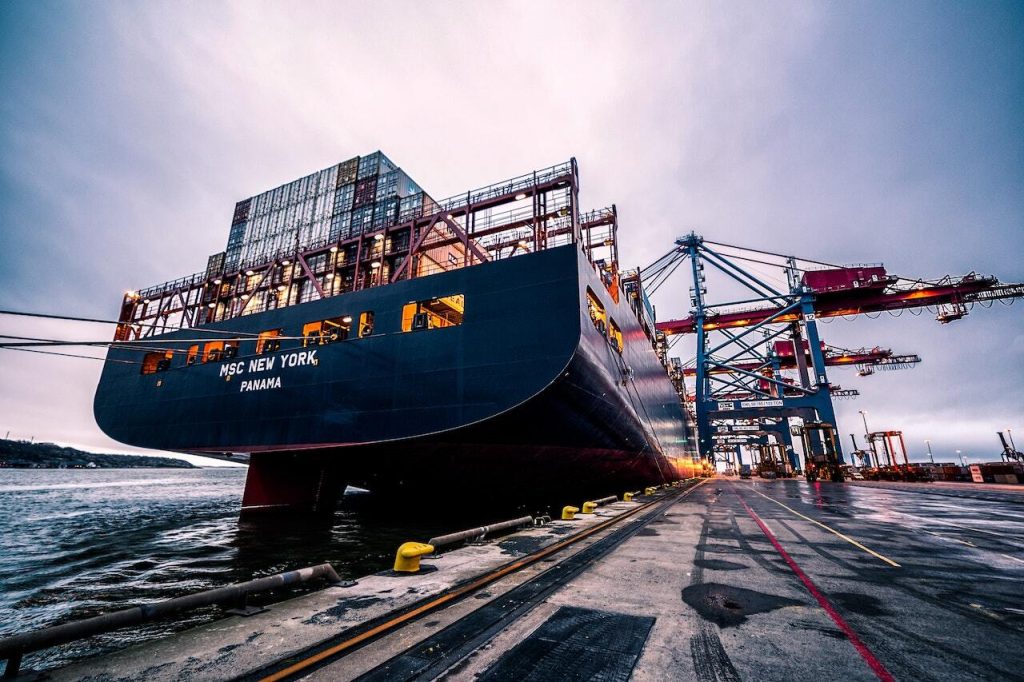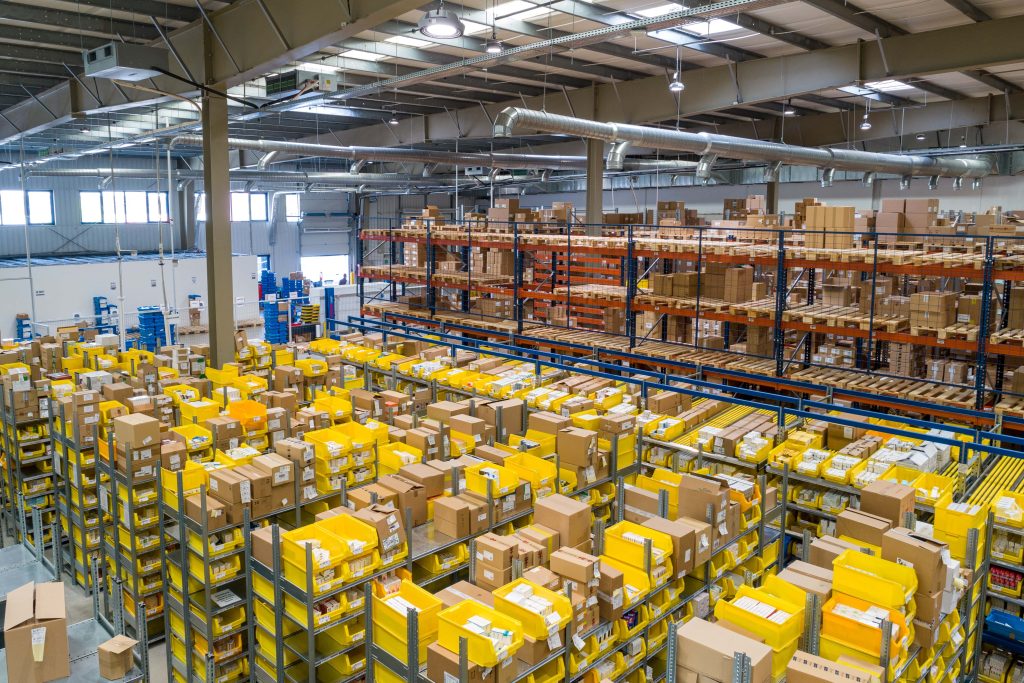Procurement and Supply Chain Management: Understanding the Impact and How to Optimize Performance
Procurement and supply chain management business leaders hoped that the worst of the supply chain woes were behind them at the outset of 2022. Over the last two-plus years, businesses across virtually all industries have had to contend with unprecedented supply chain disruptions.
However, the end of supply chain stability appears to be nowhere in sight. Some experts predict that the “supply chain mess” will continue to worsen before the pendulum swings directions and things begin to improve.
With that being said, there are steps you can take to mitigate the impact of many supply chain challenges. Many of these solutions involve enhancing your procurement processes. Before you can capitalize on the latest supply chain trends and solutions, you must first understand how procurement impacts your supply chain.
Procurement and supply chain management are inexorably linked. In light of this fact, you must treat them as concurrent concerns.
Below, we examine the connection between procurement and supply chain management so that you can better navigate the challenges that lie ahead.
What Is Procurement?

At times, the terms “procurement” and “supply chain” are used interchangeably. However, this practice is incorrect. Although procurement and supply chain management are closely related topics, the former is only a single component of the latter.
Broadly speaking, procurement refers to the process of sourcing, acquiring, and purchasing materials or services.
Supply chain management efforts will include overseeing the logistics of procurement as well as several other business-critical processes. These other processes include turning procured materials into finished products and distributing goods.
Understanding the Nexus Between Procurement and Supply Chain Management
As noted above, procurement-related tasks fall under the umbrella of supply chain management. Therefore, the quality of procurement processes will have a direct impact on supply chain stability and business continuity.
The tasks that procurement professionals engage in that impact the supply chain include the following:
- Purchasing materials
- Managing supplier relationships
- Negotiating vendor accounts
- Overseeing the transition from procurement to other supply chain processes
The exact responsibilities of a procurement professional will vary depending on several factors, including the size of the company and the complexity of the supply chain.

Benefits of Optimized Procurement Processes
If your organization successfully optimizes its procurement processes, you can experience benefits including:
Reduced Supply Chain Costs
A well-designed procurement strategy will allow you to purchase raw materials at the best rates available. These cost savings will have a trickle-down effect that reduces costs across your entire supply chain. Reducing supply chain costs will help you become more competitive as well — you can sell your finished products at a lower rate.
Improved Efficiency
An optimized procurement strategy will leverage a network of suppliers to improve supply chain resiliency. Developing a diversified vendor portfolio will give your organization the agility to pivot if one of your key suppliers is unable to fulfill order requests. Overall, this will lead to greater supply chain efficiency.
Minimized Risk of Disruption
Despite the ongoing supply chain disruptions, consumer demand for goods and services has remained relatively high. However, manufacturers have struggled to keep pace. This situation has led to long wait times for products and a decrease in customer satisfaction.
By improving your ability to procure mission-critical materials and products, you can reduce your chances of experiencing a severe and prolonged production disruption. You will be in a better position to capitalize on surges in demand and can enhance the overall purchasing experience for your customers.
Cash Flow Stability
Cumulatively, decreased supply chain costs, improved procurement efficiency, and a reduced risk of prolonged disruptions will lead to a more stable cash flow.
Cash flow stability will increase organizational resilience and protect business continuity. Better cash flow will also give you the liquid capital necessary to take advantage of emerging opportunities in the rapidly evolving market.
How To Improve Your Procurement Strategy
If you want to improve your procurement strategy and tap into the benefits outlined above, you will need to spend time on the the following:
Define Your Procurement Objectives
Identify your organization’s key goals and objectives, and ensure that your procurement strategy aligns with them. Then you can determine the specific goods and services that your organization requires in order to achieve its goals and objectives.
Develop a Sourcing Plan
Once you identify the goods and services you need, develop a plan for sourcing them in the most cost-effective and efficient way. You will also need to forge strong vendor relationships.
Evaluate Your Suppliers

Regularly review your supplier relationships to ensure that you are getting the best value for your money. Consider factors such as price, quality, delivery times, and flexibility. You will also need to diversify your supplier portfolio.
Leverage Technology
Use procurement software and other tools to automate and streamline your procurement process. This can help you save time and reduce errors. Some examples include: e-sourcing tools, online marketplaces, data analytics and cloud-based solutions.
Negotiate Effectively
When negotiating with suppliers, be clear about your needs and be prepared to compromise to reach a mutually beneficial agreement. Before negotiating, gather as much information as possible about the supplier and the goods or services they provide. This can help you understand their strengths, weaknesses, and any potential leverage points you might have.
Monitor and Review Your Strategy
Regularly review your procurement strategy to identify areas for improvement and make changes as needed. By using data analytics to track and analyze your procurement data, you can identify trends, identify areas for improvement, and make more informed decisions about your procurement strategy.
Developing the right relationships and striking great deals is only part of the equation. The final component of effective procurement is delivery. To address this essential component of procurement, you need a reliable shipping services partner like R2 Logistics.
Contact R2 Logistics today to learn more about how our shipping services can improve your supply chain resiliency.
